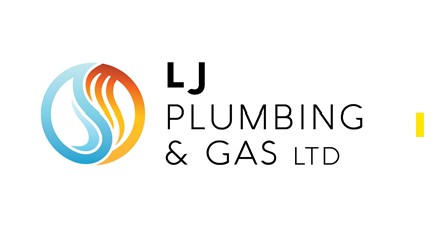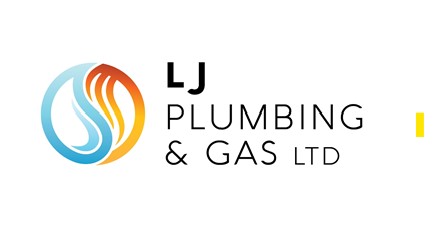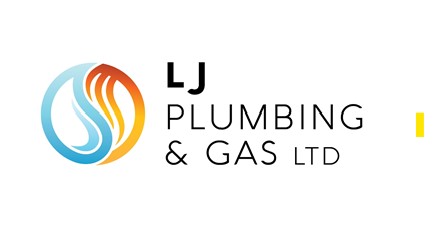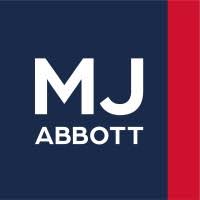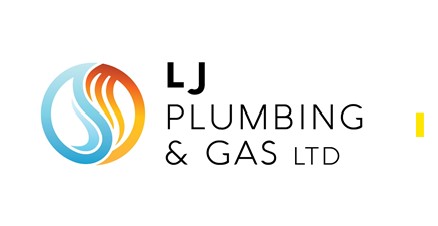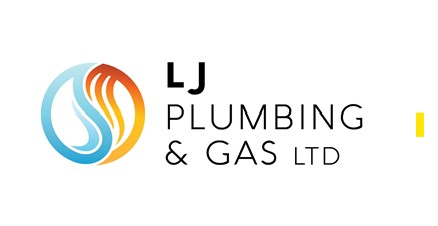Information
-
Client / Site
-
Conducted on
-
Prepared by
-
Location
SERVICES, PIPELINES & DRAINAGE
-
Has the trench Location, Line & Depth been set out to Plans
-
For Drainage are Inverts and Falls confirmed
-
Have Plans / Council drawings been assessed to locate any services and drainage within the work area
-
STOP. Do not proceed until Service Plans have been assessed
-
Has a visual assessment of the work area been made to check for presence of undocumented services or pipelines / material
-
STOP. Do not proceed until a visual assessment is made
-
Have other services and drainage been located prior to beginning trenching operations? (Manual Digging)
-
STOP. Do not proceed until the location is identified or conduct & a scan to locate all services.
-
Are adjacent structures affected by the works and do they require stabilisation or protection to prevent collapse?
-
Show Notes
-
STOP trenching operation immediately. Inform the Client / Project manager, make the area safe and await further instruction.
-
Are other Features or protected trees and habitats identified?
-
Show Notes
-
STOP trenching operation immediately. Inform Client or Project manager, make the area safe and await further instruction
EMPLOYEE PROTECTION
-
Are Barriers or fencing in place for the works
-
Are all spoils and equipment to be kept at least 1m from the edge of the trench? (applicable for trenches deeper than 1 meter)
-
STOP trenching operation and inform Supervisor. Do not continue until materials or equipment are moved back from trench.
-
Is the trench more than 900mm deep?
-
A means of safe egress must be provided. What type(s) of egress are available?
- Ladder
- Ramp
-
Is the trench 1000mm deep or more NOTE: For trenches deeper than 1000mm, protective system use must be assessed and agreed. For deep trenching or poor soils Temporary Works must be designed by a registered professional engineer.
-
What type of protective system is being used? NOTE: if no protective system is being used, STOP operation immediately, inform Supervisor and Site Manager.
- Trench Box
- Shore
- Sheet Pile
- Rock (N/A)
- Slope
- Stepped Back Excavations (Min 1 m : 1 m)
- Trench Monitoring (<1 m deep only)
-
Are employees protected from cave-in hazards when entering or exiting the trench box
-
STOP trenching operation. Inform Site Management and establish proper means of egress from trench box.
-
Provide information on System employed
-
Is the trench exposed to vehicular traffic or mobile equipment?
-
Does the operator have a clear and direct view of the edge, ?
-
Define
- Barricades
- Hand/Arm Signals
- Stop Logs
-
Is the trench free of operations which would make it a permit required confined space such as hazardous equipment, toxic chemicals in the work processes, exposure to nearby roads?
-
STOP trenching operation. Inform Supervisor and Safety Manager.
GENERAL
-
Is there a competent person present to oversee trenching operations?
-
Name of competent person?
-
STOP. Work is not allowed without a competent person present.
-
Are trench inspections documented?
-
Provide excavation checklist to foreman.
-
How many times per day?
-
Is this excavation safe to proceed
-
Signed:
